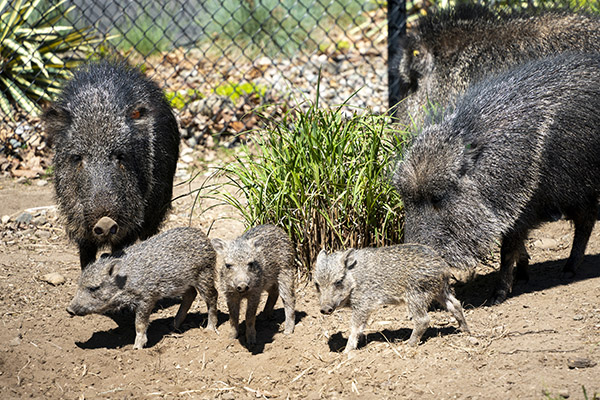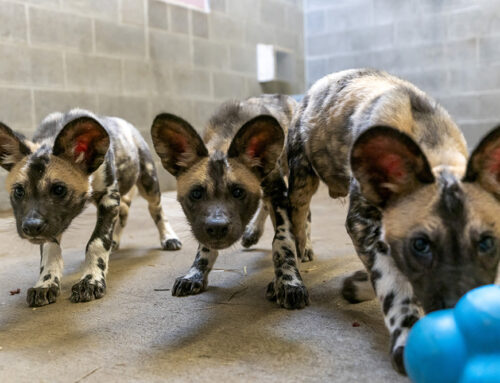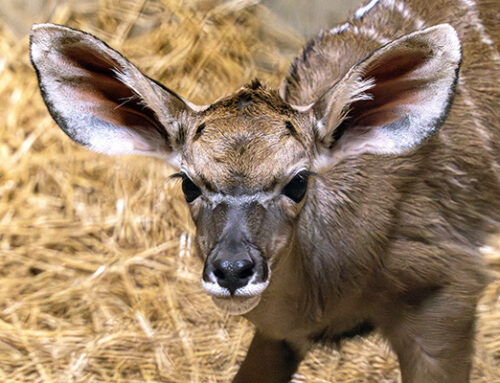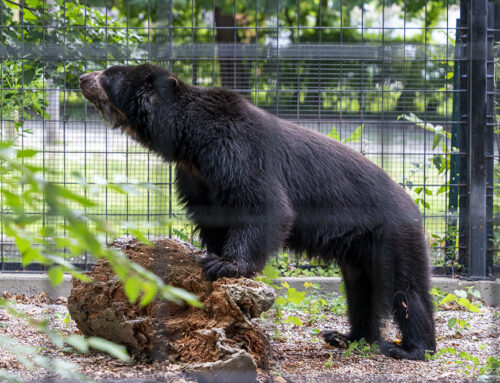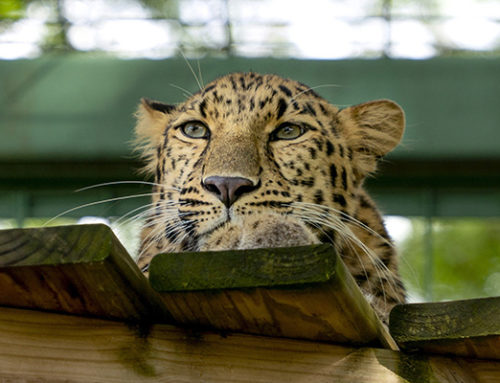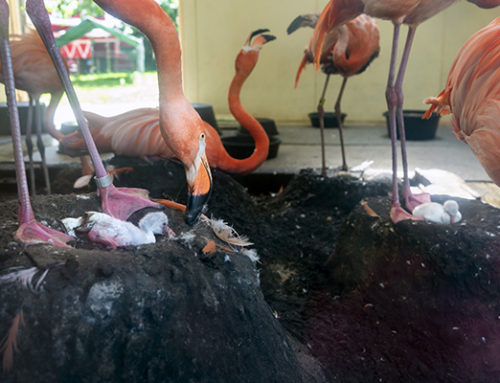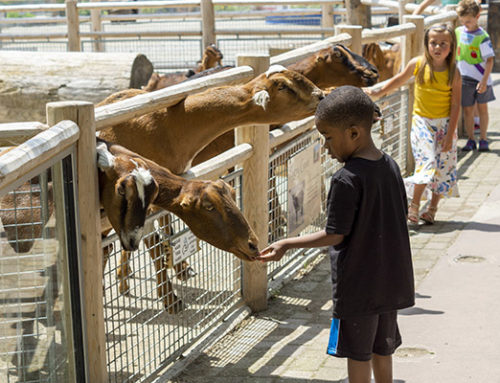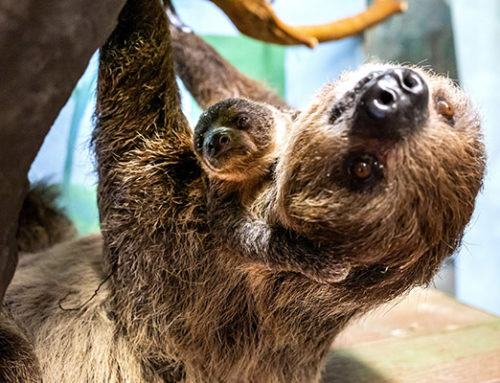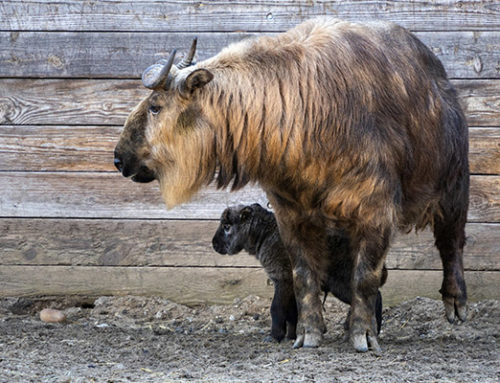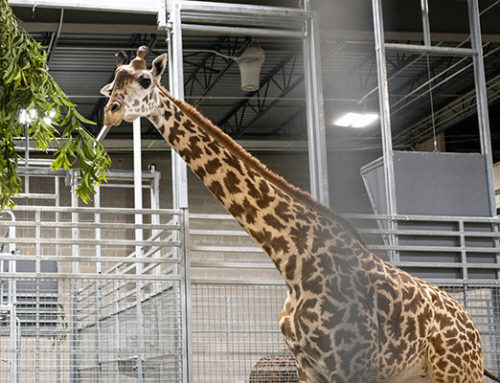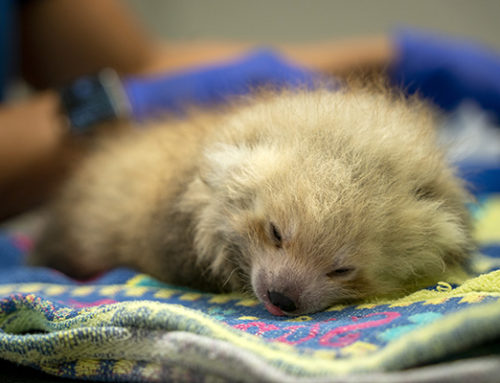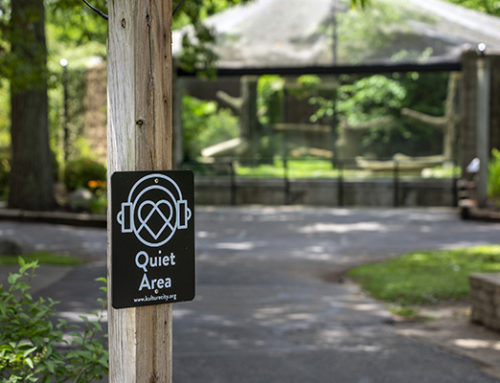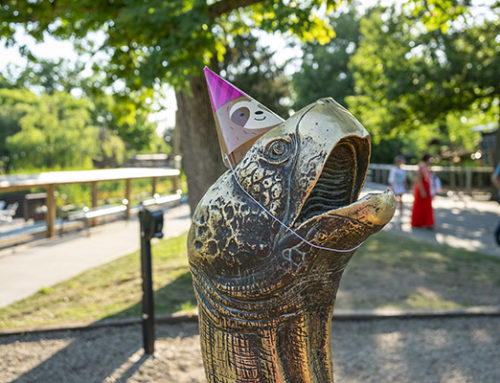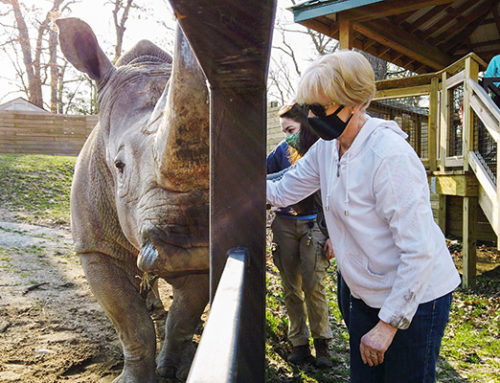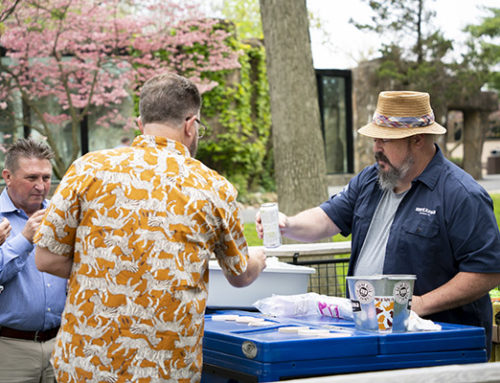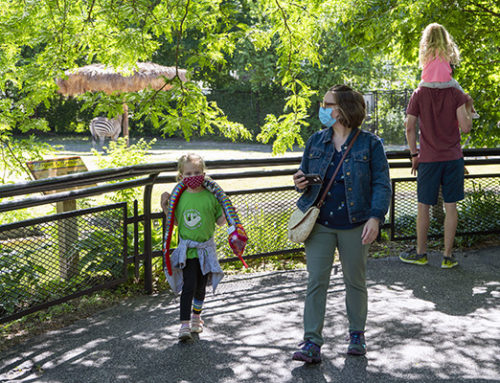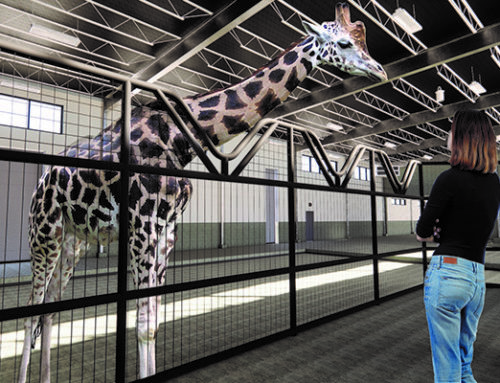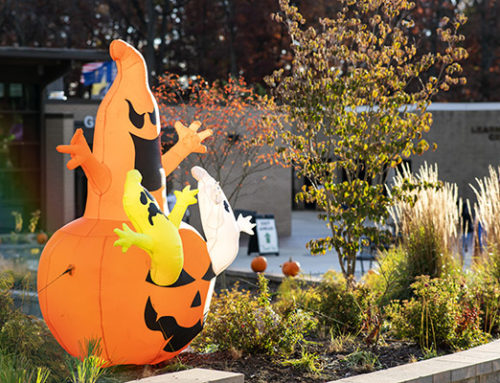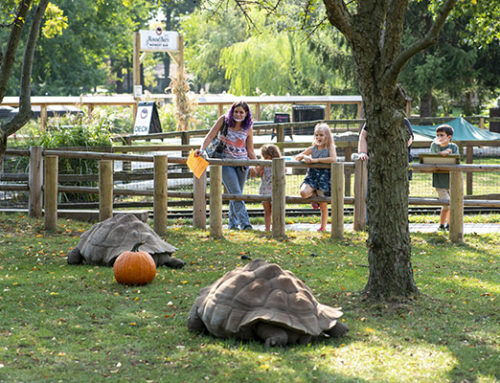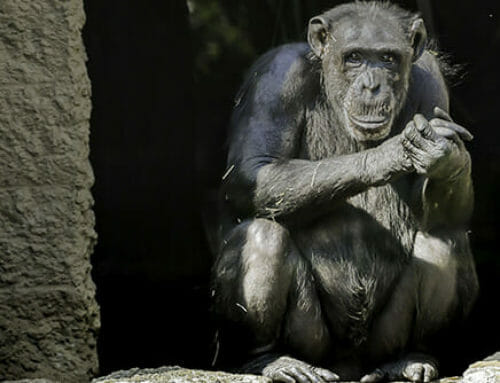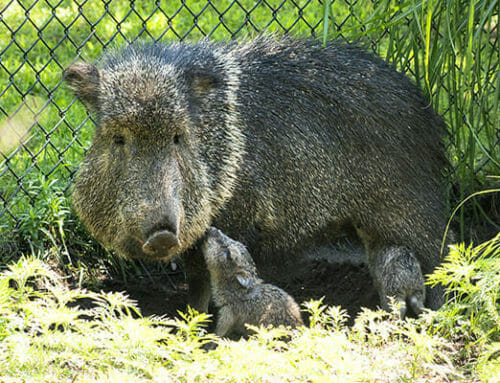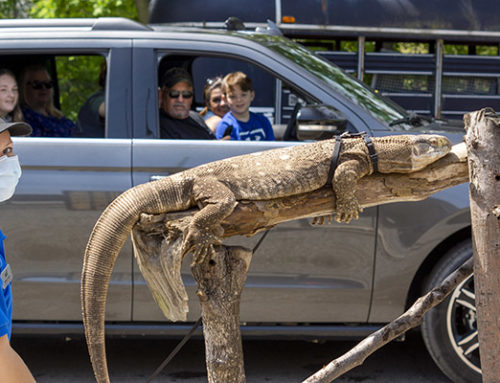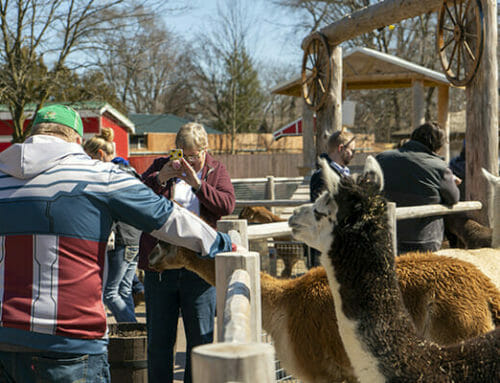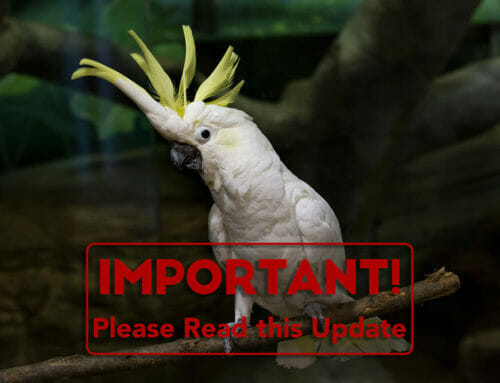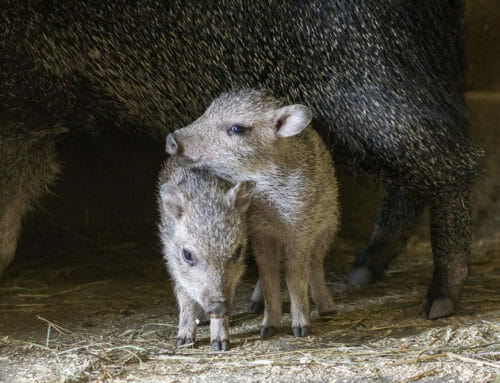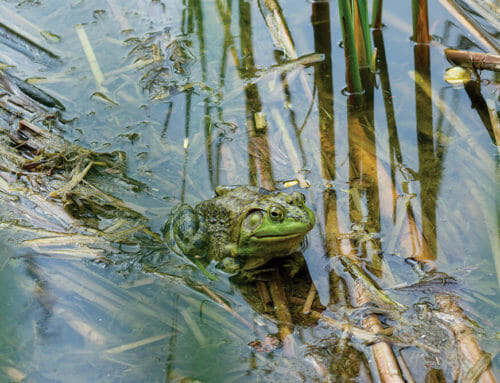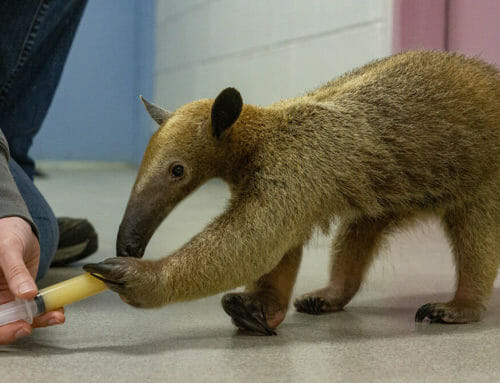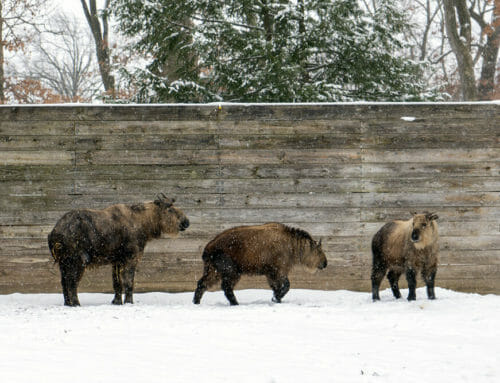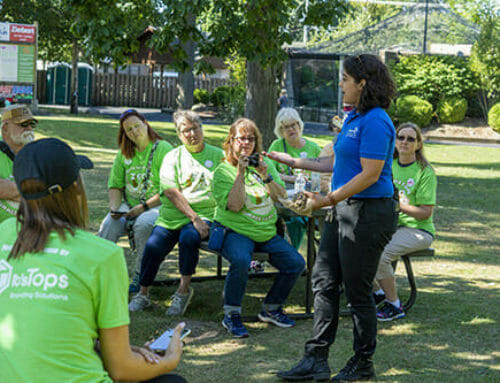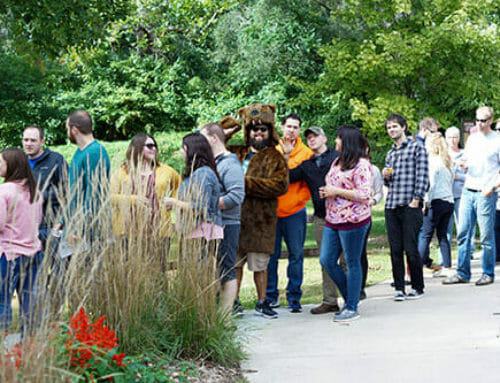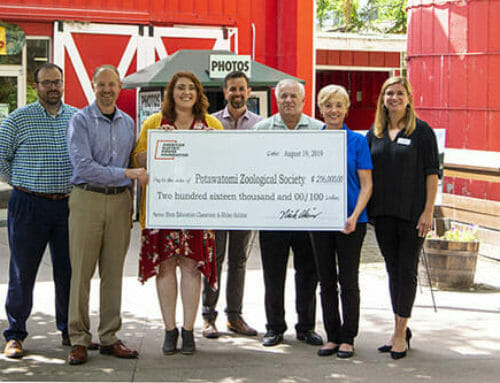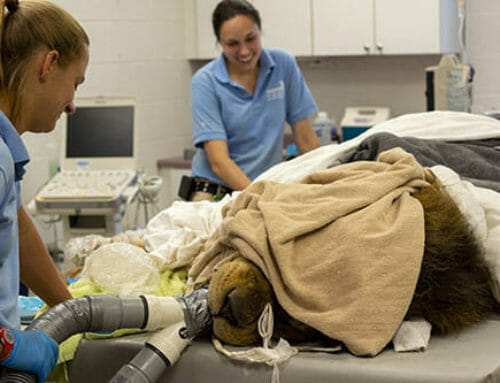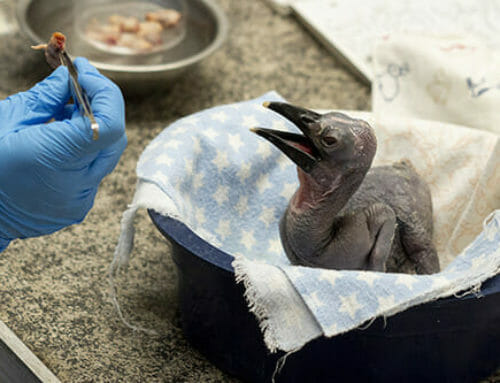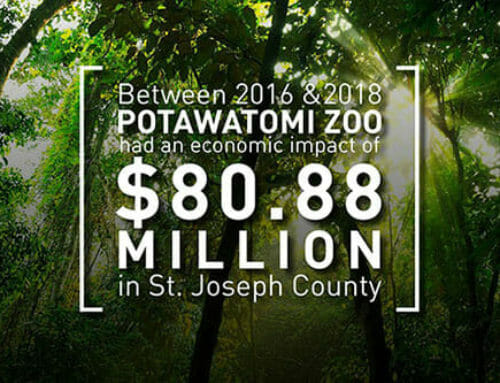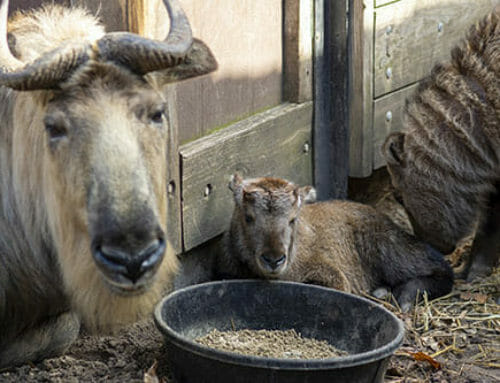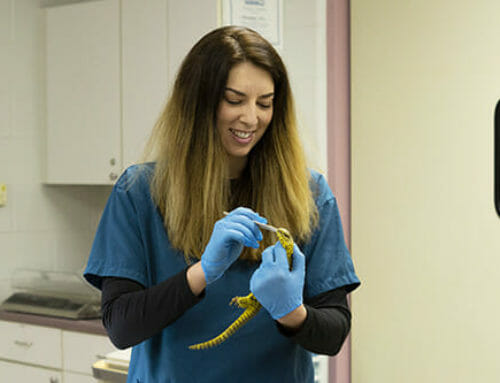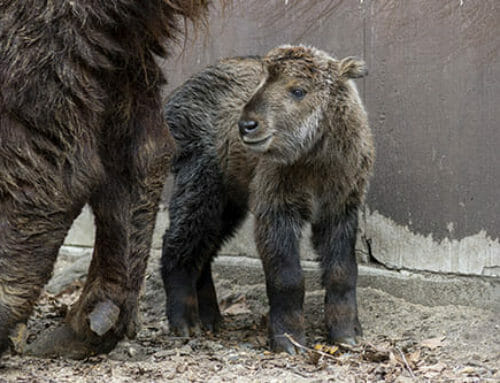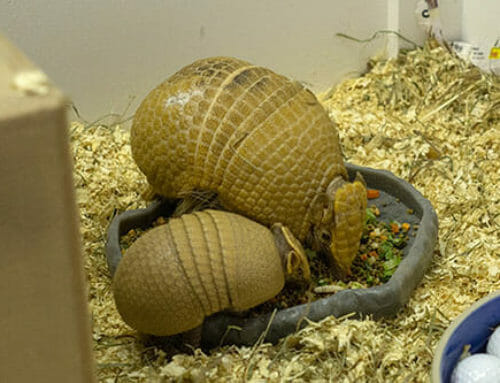The Potawatomi Zoo is pleased to announce the birth of three Chacoan peccaries. These peclets, whose sex is still undetermined, were born to mother Pepa and father Tapo on April 16. The peccary herd can be seen in their habitat near the Picnic Grove, weather depending.
Chacoan peccaries can breed all year long. Their gestation period is 151 days. This is the fifth litter of Chacoan Peccaries born at the Potawatomi Zoo since bringing the species to the Zoo in 2019.
“Chacoan peccaries are endangered in their native habitat, the Gran Chaco region of South America, so we’re very excited to be a part of this animal’s Species Survival Plan,” says Josh Sisk, executive director of the Potawatomi Zoo. “Very little is known about the way these animals breed and raise their young, so we have the opportunity to add to the knowledge base and hopefully help this species someday recover in the wild.”
This breeding was part of a recommendation by the Chacoan Peccary Species Survival Plan (SSP). The SSP is a cooperative program of Association of Zoos and Aquariums (AZA) institutions to responsibly breed animals for the greatest genetic diversity. The zoos that are part of the Chacoan Peccary SSP are working with conservation organizations in Paraguay to create a population that can be released back into the wild.
Peccaries are often mistaken for pigs, but they are part of a different family of animals called Tayassuidae with unique characteristics. They have a different tooth and skeletal structure than pigs and scent glands along their backside that give off a milky, musky odor which they use to mark their territories and identify individuals.
Because they are native to a semi-arid area with little vegetation, Chacoan peccaries have adapted to eat different kinds of cacti. They remove the spines by rolling the plants on the ground with their tough snouts or pull them off with their teeth. They also forage on succulent plants for water, seek out salt licks for vital minerals, and occasionally eat roots, seed pods, and flowers. They have specialized kidneys that can break down the acid from the cacti and two-chambered stomachs suited to digest tough foods.



